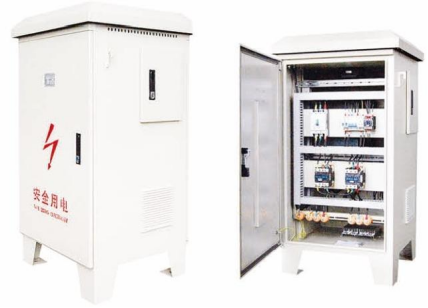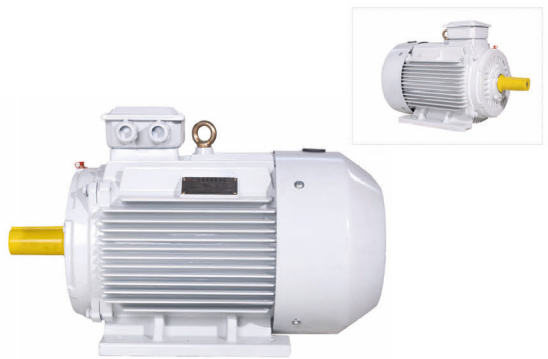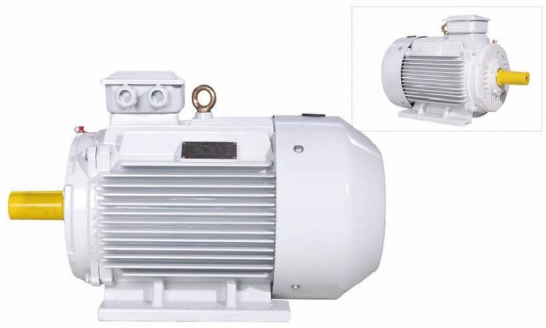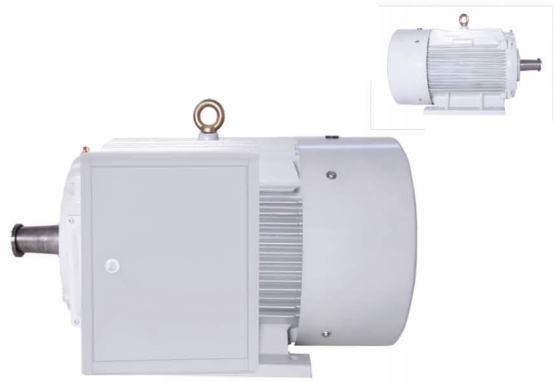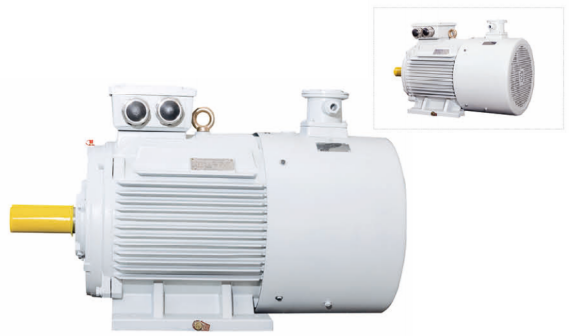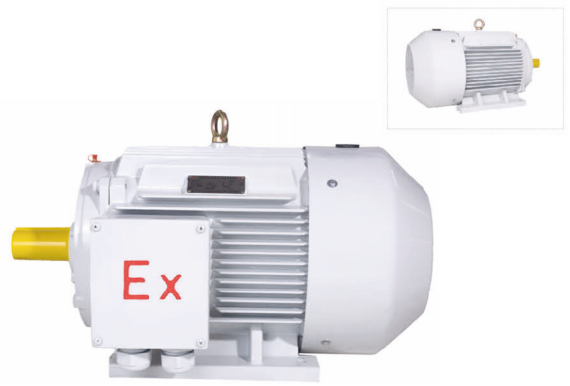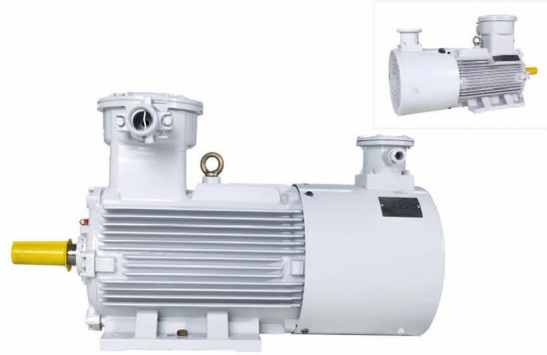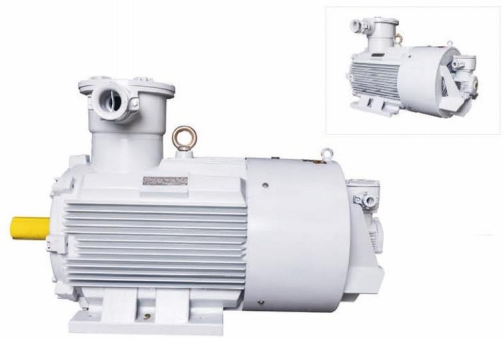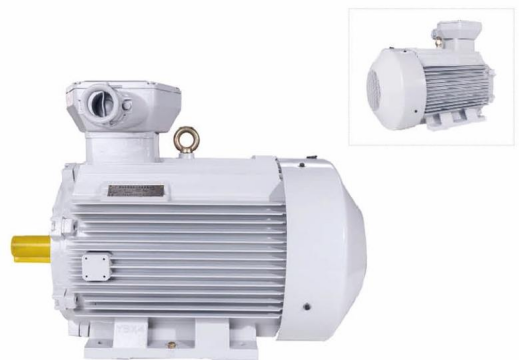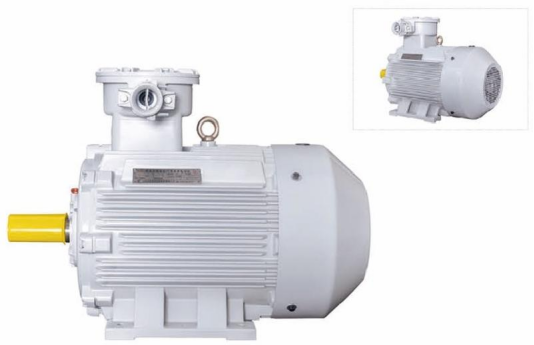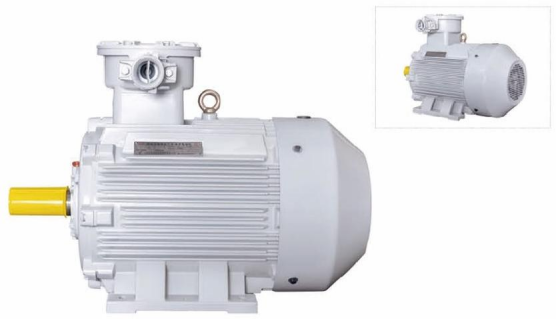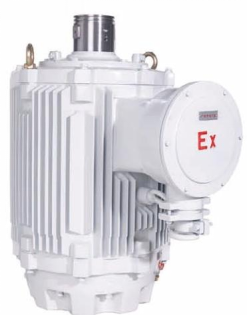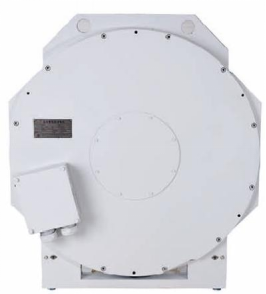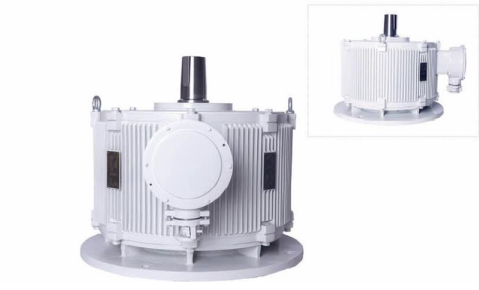Wedoany.com Report-Apr. 13, The Korea Institute of Energy Research (KIER) has achieved a significant milestone in solar technology, recording a power conversion efficiency of 23.64% for a tandem solar cell. This cell combines a top perovskite layer with a bottom cell made of copper, indium, gallium, and diselenide (CIGS). The breakthrough was announced as a world record for lightweight, flexible perovskite-CIGS tandem devices, though the institute did not specify if an independent third party verified the result.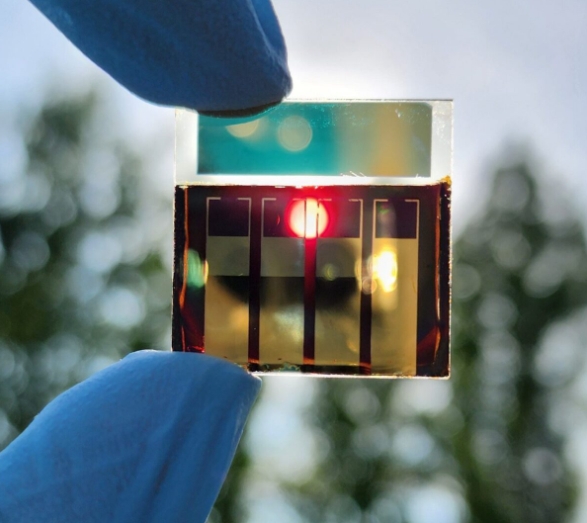
The KIER team developed an innovative manufacturing process for this solar cell. According to the institute: “The lift-off process developed by the research team involves coating a polyimide layer onto a glass substrate, fabricating the perovskite-CIGS tandem solar cell on top of it, and then separating it from the glass.” This method differs from traditional approaches that use flexible polyimide film as the substrate. By employing rigid glass as a base, the process ensures more consistent layer deposition, enhancing device performance and reliability. The institute further explained: “The use of a flat, rigid glass substrate also ensures uniform layer deposition, leading to improved device performance and higher reproducibility.”
This technique also addresses a common issue in CIGS solar cells. The polyimide layer on the glass substrate prevents potassium diffusion from the glass into the CIGS light-absorbing layer, which can cause defects. By suppressing this diffusion, the process improves the quality and efficiency of the solar cell.
Under standard illumination tests, the tandem cell demonstrated strong durability. The researchers noted: “After conducting 100,000 bending cycles, the solar cells maintained 97.7% of their initial efficiency.” This resilience makes the technology suitable for applications requiring flexible and lightweight materials. Kihwan Kim, the lead author of the research, highlighted its potential: “The power-to-weight ratio of the fabricated solar cell is approximately 10 times higher than that of perovskite/silicon tandem solar cells, making it highly promising for applications in fields that require ultralight solar modules, such as building exteriors, vehicles, and aerospace.”
South Korea Flexible Perovskite-Cigs Tandem Solar Cell / South Korea Flexible Perovskite-Cigs Tandem Solar Cell
